How a LFTR works
In one type of LFTR, a liquid Thorium salt mixture circulates through the reactor core, releasing neutrons that convert Thorium 232 in an outer, shell-like “jacket” to Thorium 233. Thorium 232 cannot sustain a chain reaction, but it is fertile, meaning that it can be converted to fissile U-233 through neutron capture, also known as “breeding.”
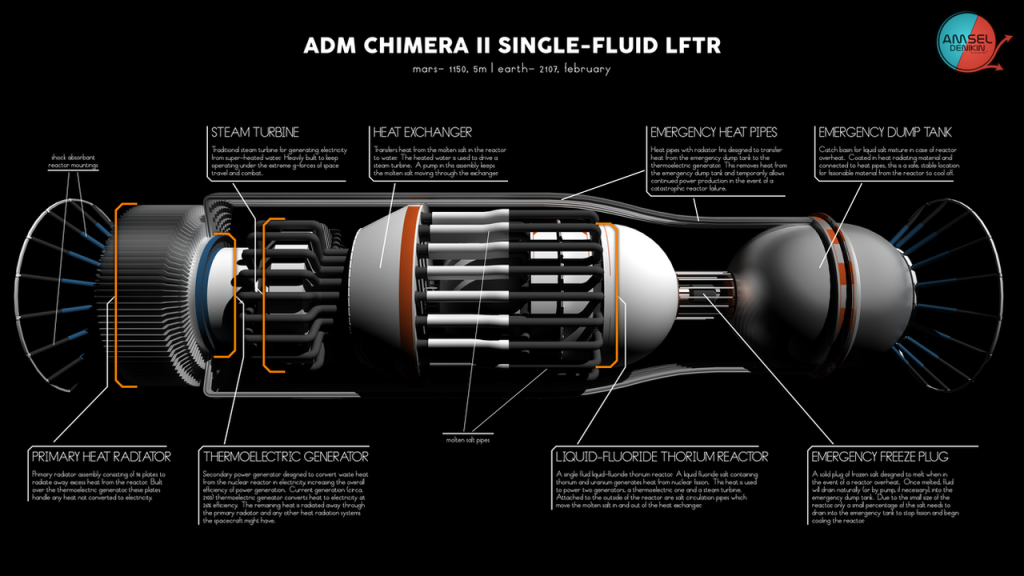

When a Uranium 233 atom absorbs a neutron, it fissions (splits), releasing huge amounts of energy and more neutrons that activate more Thorium 232. In summary, a LFTR turns Thorium-232 into U-233, which thoroughly fissions while producing only 10% as much “waste” as LWRs produce.
“Thorium energy can help check CO2 and global warming, cut deadly air pollution, provide inexhaustible energy, and increase human prosperity. Our world is beset by global warming, pollution, resource conflicts, and energy poverty. Millions die from coal plant emissions. We war over mideast oil. Food supplies from sea and land are threatened. Developing nations’ growth exacerbates the crises. Few nations will adopt carbon taxes or energy policies against their economic self-interests to reduce global CO2 emissions. Energy cheaper than coal will dissuade all nations from burning coal. Innovative Thorium energy uses economic persuasion to end the pollution, to provide energy and prosperity to developing nations, and to create energy security for all people for all time.”
Dr. Robert Hargraves

Dr. Robert Hargraves has written articles and made presentations about the liquid fluoride Thorium reactor and energy cheaper than from coal – the only realistic way to dissuade nations from burning fossil fuels. His presentation “Aim High” about the technology and social benefits of the liquid fluoride Thorium reactor has been presented to audiences at Dartmouth ILEAD, Thayer School of Engineering, Brown University, Columbia Earth Institute, Williams College, Royal Institution, the Thorium Energy Alliance, the International Thorium Energy Association, Google, the American Nuclear Society, the President’s Blue Ribbon Commission of America’s Nuclear Future, and the Chinese Academy of Sciences. With coauthor Ralph Moir he has written articles for the American Physical Society Forum on Physics and Society: Liquid Fuel Nuclear Reactors (Jan 2011) and American Scientist: Liquid Fluoride Thorium Reactors (July 2010). Robert Hargraves is a study leader for energy policy at Dartmouth ILEAD. He was chief information officer at Boston Scientific Corporation and previously a senior consultant with Arthur D. Little. He founded a computer software firm, DTSS Incorporated while at Dartmouth College where he was assistant professor of mathematics and associate director of the computation center. He graduated from Brown University (PhD Physics 1967) and Dartmouth College (AB Mathematics and Physics 1961).
“This book presents a lucid explanation of the workings of Thorium-based reactors. It is must reading for anyone interested in our energy future.”
Leon Cooper, Brown University physicist and 1972 Nobel laureate for superconductivity
“As our energy future is essential I can strongly recommend the book for everybody interested in this most significant topic.”
Dr. George Olah, 1994 Nobel laureate for carbon chemistry
Amazon 5 Star comments on “Thorium – energy cheaper than coal” by Dr. Robert Hargraves
- Why Thorium must be the Future of Energy, Robert Orr Jr.
- Fascinating read with lots of calcs you can perform yourself, DGD
- Thorium, what we should have done, B. Kirkpatrick
- Fantastic book about this little known alternative nuclear energy source, ChicagoRichie
- Should be in the hands of every science class and on top of every policy maker’s desk, R. Kame
- A MUST HAVE resource on energy generation alternatives, George Whitehead
- Get Free Energy, Abolish CO2, End Energy Dependency, Clean – Up the Planet and Make a Fortune. Kindle Customer
- Essential education, Ames Gilbert
- A solution for global climate change, Lawrence Baldwin
- Wonderful book, written in text book style, Dot Dock
- The place to go for Thorium info. Gerald M. Sutliff
- Global warming killer, Red Avenger
- Thorium reactors can be civilizations future for energy, Hill Country Bob
- Thorium fuel in a breeder reactor implies limitless future energy, Fred W. Hallberg
- On the ESSENTIAL BOOK LIST, James38
The half-life of Thorium 232, which constitutes most of the earth’s Thorium, is 14 billion years, so it is not hazardous due to its extremely slow decay. – Dr. George Erickson
Liquid Fluoride Thorium Reactors, American Scientist, 2010
“Given the diminished scale of LFTRs, it seems reasonable to project that reactors of 100 megawatts can be factory produced for a cost of around $200 million.”
Dr. Robert Hargraves – American Scientist, July 2010
Coming up next week, Episode 21 – No Big Noises Here. How a LFTR is Proliferation Proof.
Links and References
- Next Episode – Episode 21 – No Big Noises Here. How a LFTR is Proliferation Proof
- Previous Episode – Episode 19 – Want a Lift? Grab a LFTR
- Launching the Unintended Consequences Series
- Dr. George Erickson on LinkedIn
- Dr. George Erickson’s Website, Tundracub.com
- The full pdf version of Unintended Consequences
- https://www.deviantart.com/fmilluminati/art/Liquid-Fluoride-Thorium-Reactor-500641963
- https://en.wikipedia.org/wiki/Thorium
- https://engineering.dartmouth.edu/
- https://www.brown.edu/
- https://www.earth.columbia.edu/
- https://www.williams.edu/
- https://www.rigb.org/
- https://thoriumenergyalliance.com/
- http://www.thoriumenergyworld.com/organization.html
- https://talksat.withgoogle.com/
- https://www.ans.org/
- https://www.energy.gov/articles/blue-ribbon-commission-americas-nuclear-future-charter
- https://english.cas.cn/
- https://engage.aps.org/fps/home
- https://www.bostonscientific.com/en-US/Home.html
- https://www.adlittle.com/en
- https://home.dartmouth.edu/
- https://www.youtube.com/watch?v=BOoBTufkEog
- https://www.amazon.com/THORIUM-energy-cheaper-than-coal/dp/1478161299
- https://www.nobelprize.org/prizes/physics/1972/cooper/biographical/
- https://en.wikipedia.org/wiki/Leon_Cooper
- https://www.nobelprize.org/prizes/chemistry/1994/olah/biographical/
- https://en.wikipedia.org/wiki/George_Andrew_Olah
- https://www.americanscientist.org/article/liquid-fluoride-thorium-reactors
- https://www.americanscientist.org/author/robert_f._hargraves
- https://www.linkedin.com/in/roberthargraves/
- https://www.americanscientist.org/author/ralph_moir
- https://www.linkedin.com/in/ralph-moir-3a8b2615/
- https://www.americanscientist.org/article/not-so-fast-with-thorium
- https://energycentral.com/c/ec/lftr-american-scientist
- https://www.linkedin.com/in/charles-barton-b081499/
#UnintendedConsequences #GeorgeErickson #ClimateChange #FissionEnergy #NuclearEnergy #SpentNuclearFuel #MoltenSaltReactor #LFTR #RobertHargraves #TheThoriumNetwork #Thorium #Fission4All #RadiationIsGood4U #GetYourRadiation2Day #InvisibleFire


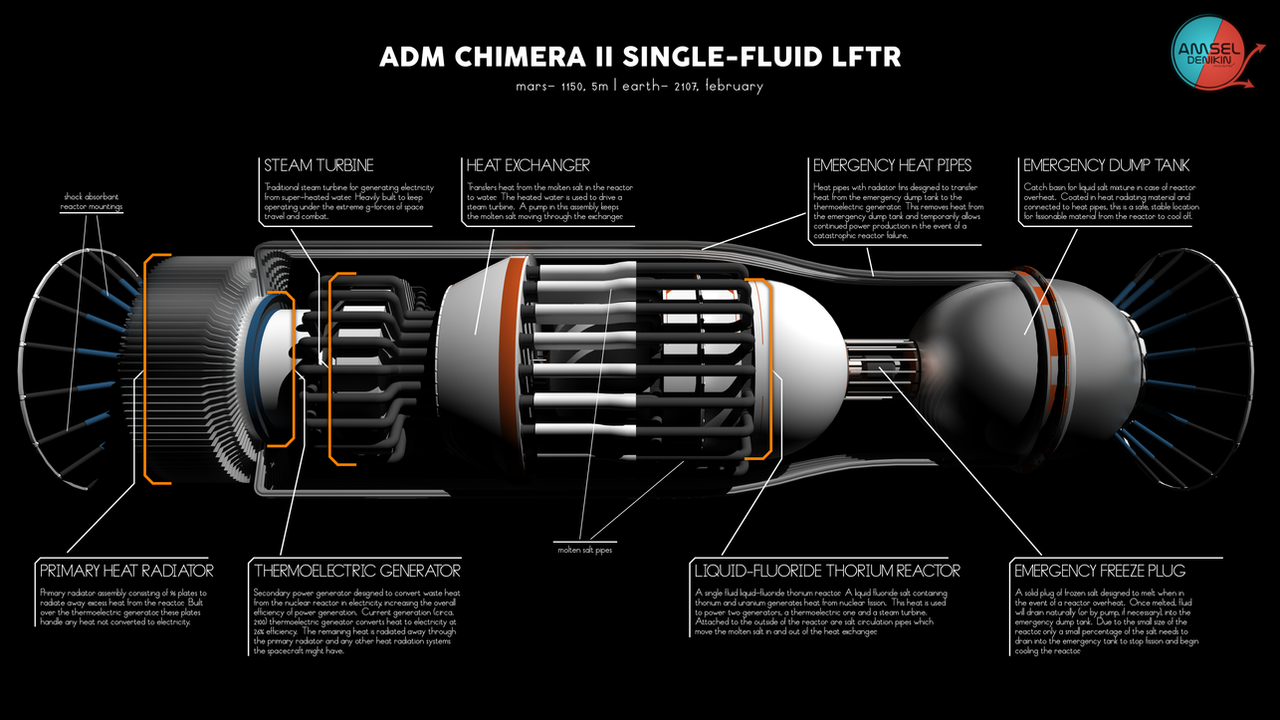



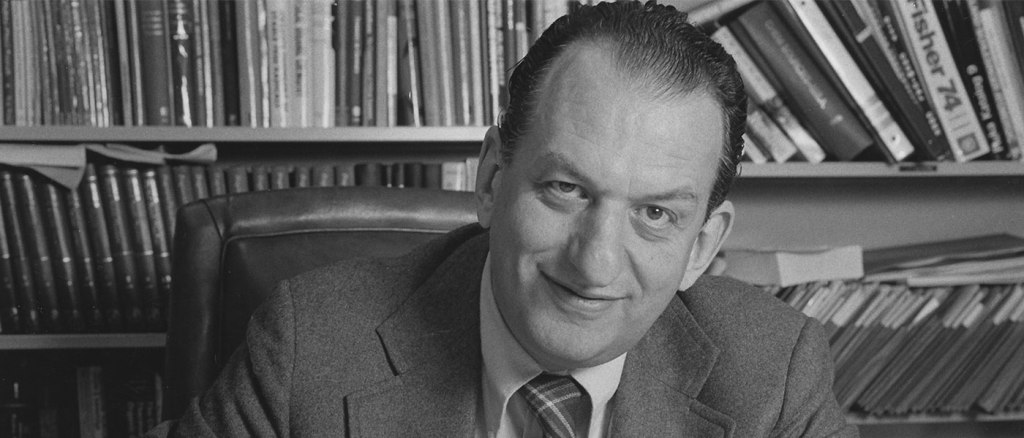





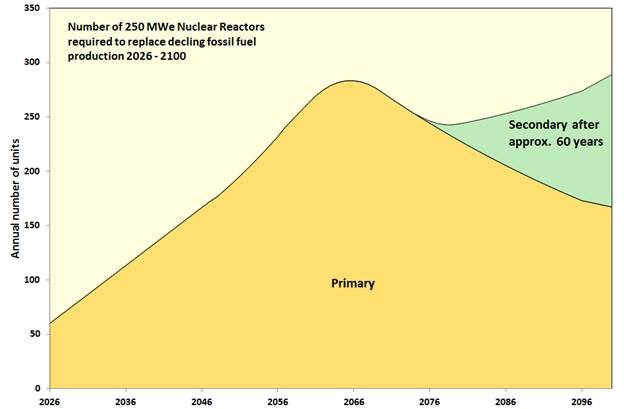



















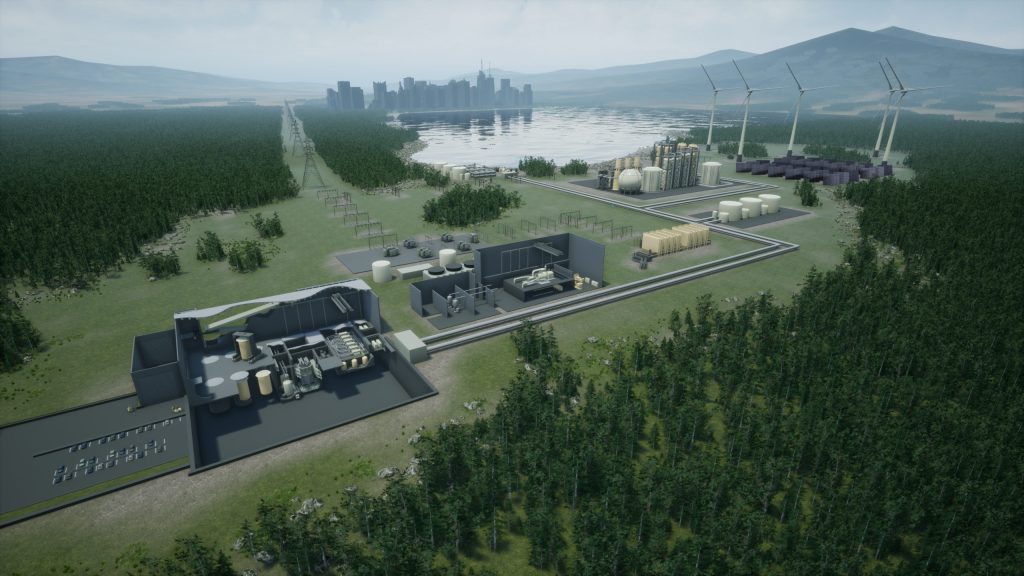












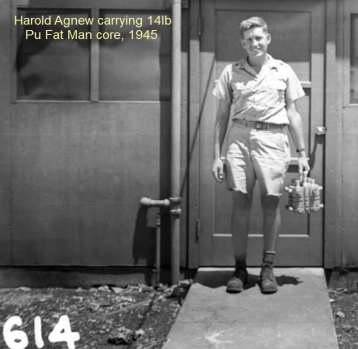



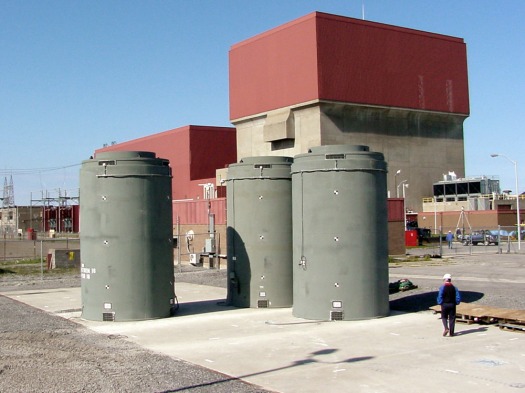


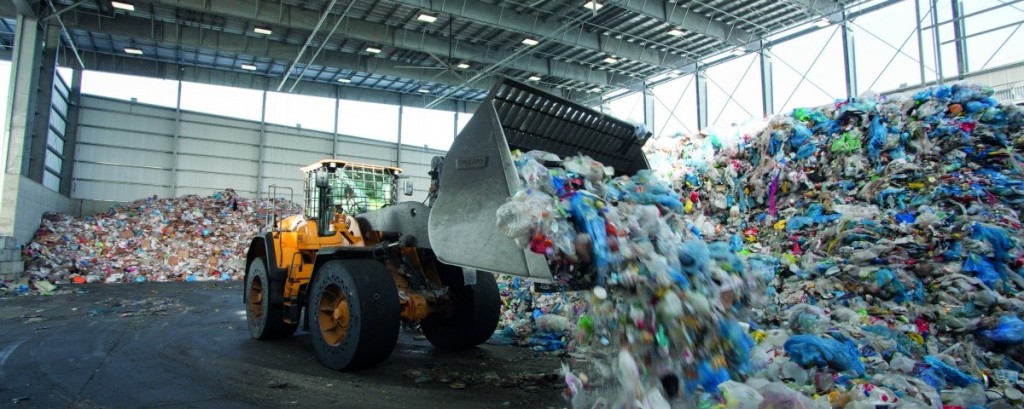















You must be logged in to post a comment.